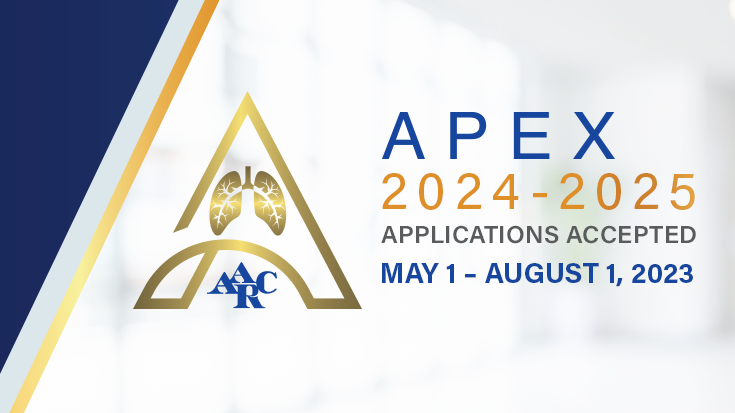
“The importance of team collaboration cannot be overstated,” said Steve Abplanalp, RRT, executive director of Respiratory Care and Sleep Services at Intermountain Healthcare in Utah. “In the matrixed, complex, and rapidly changing environment that is health care, success or failure depends on our ability as respiratory care leaders to team and collaborate with others.”
Team collaboration encourages professionals to work jointly toward a unified goal. When we collaborate, we cooperate with each other, we assist, we share skills, and our team strengthens as a result.
Tips for increasing team collaboration
Influenced by Authors Amy Edmonson and Simon Sinek, Abplanalp shares his top tips:
- Individually, each of us must understand the why that drives us. It is important to connect on a personal level to the work prior to trying to engage others. Once an individual understands this personally, then it is much easier to engage others by helping them find and understand their why.
- Tell our story. As respiratory care professionals, we often feel left out or overlooked. We must be better at boldly telling our story and the impact on patient care. I have found that when we are able to do this, others seek us out to be at the table. At Intermountain, not a week goes by that we are not asked to participate with a new project or team. The challenge changes from trying to get at the table, to having enough resources to take the seats being offered.
- We all win together, we all lose together. We must be united in our efforts with our teams. This is true for patient care, hospital operations, organizations, and our profession of Respiratory Care. Successful teaming is less about who gets the credit and more about the outcome.
Collaboration in action
Over the past 18 months, Intermountain Healthcare underwent a major reorganization. Respiratory Care and Sleep Services have been included in this reorganization, with significant changes in reporting structures and leadership positions.
“The vision taken by the respiratory care team focused on taking a blank slate and creating a new and improved structure, rather than taking an old structure and making it fit into the new organization,” Abplanalp said.
Abplanalp explained that this tactic was sometimes “chaotic, without a clear understanding of the why.” The restructuring also challenged long, tenured leaders to focus on the department’s overall service, “rather than protecting their own jobs.”
“As a result of the focus on patients through the lens of respiratory care as a service and a profession, and being able to effectively tell our story, respiratory care was not asked to eliminate a single FTE,” Abplanalp said. “The structure we have created is not perfect, and we will continue to adjust and refine.”
In his reflection of this experience, Abplanalp recounted the African proverb used by Simon Sinek: “To go fast, go alone. To go far, go together.”
Email newsroom@aarc.org with questions or comments, we’d love to hear from you.

















